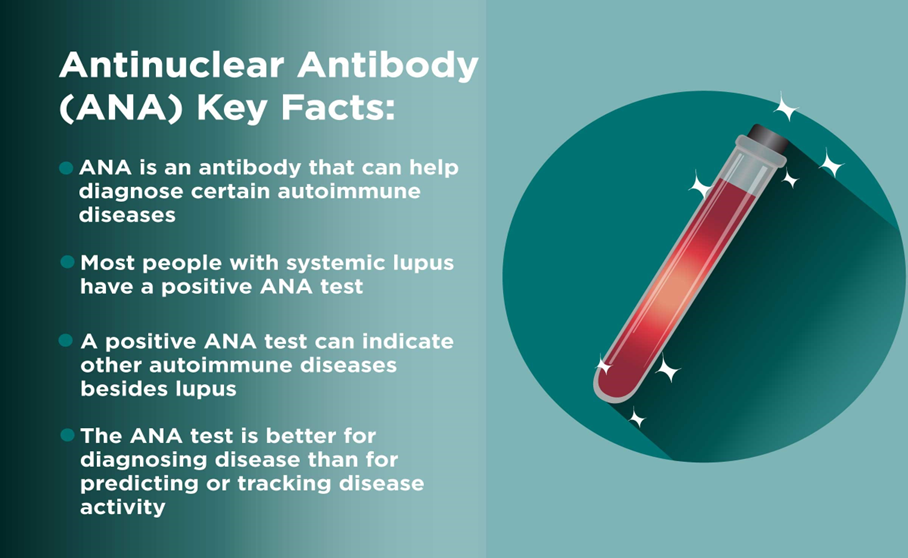A patient with chronic kidney disease is being examined.
Which symptom is indicative of hyperkalemia?
Wheezing
Cerebral edema
Decreased deep tendon reflexes
Hypoactive bowel sounds
The Correct Answer is C
Choice A rationale:
Wheezing Wheezing is typically associated with respiratory conditions such as asthma or chronic obstructive pulmonary disease (COPD), rather than being a symptom of hyperkalemia.
Choice B rationale:
Cerebral edema Cerebral edema, or swelling in the brain, is not typically a symptom of hyperkalemia. It’s more commonly associated with traumatic brain injury, stroke, or brain tumors.
Choice C rationale:
Decreased deep tendon reflexes Decreased deep tendon reflexes can be a symptom of hyperkalemia. Hyperkalemia is a condition in which the potassium levels in your blood get too high. Potassium helps nerves send signals between your brain and the rest of your body. High levels of potassium can affect nerve function, leading to symptoms such as muscle weakness or decreased reflexes. Choice D rationale:
Hypoactive bowel sounds Hypoactive bowel sounds, or decreased or absent bowel sounds, are typically associated with conditions affecting the gastrointestinal system, such as ileus or bowel obstruction. They are not typically a symptom of hyperkalemia.
Nursing Test Bank
Naxlex Comprehensive Predictor Exams
Related Questions
Correct Answer is ["A","D","E"]
Explanation
Choice A rationale:
Antinuclear antibody (ANA) titer is a blood test that detects the presence of antinuclear antibodies, which are autoantibodies that target the body's own tissues. These antibodies are often present in people with autoimmune diseases, including rheumatoid arthritis.
While a positive ANA test does not definitively diagnose rheumatoid arthritis, it can support a diagnosis when considered alongside other clinical findings and laboratory tests.

Choice B rationale:
Blood urea nitrogen (BUN) is a blood test that measures the amount of urea nitrogen in the blood. Urea nitrogen is a waste product that is produced when the body breaks down proteins.
BUN levels can be elevated in people with kidney disease, dehydration, or certain other medical conditions. However, BUN is not specifically used to diagnose rheumatoid arthritis.
Choice C rationale:
Urinalysis is a test that examines the urine for various substances, including cells, bacteria, and chemicals.
It can be used to diagnose a variety of conditions, including urinary tract infections, kidney disease, and diabetes. However, urinalysis is not typically used to diagnose rheumatoid arthritis.
Choice D rationale:
Erythrocyte sedimentation rate (ESR) is a blood test that measures how quickly red blood cells settle at the bottom of a test tube.
A high ESR can indicate inflammation in the body.
ESR is often elevated in people with rheumatoid arthritis, as it is a marker of inflammation.
Choice E rationale:
White blood cell count (WBC) is a blood test that measures the number of white blood cells in the blood. White blood cells are part of the immune system and help fight infection.
A high WBC count can indicate an infection or inflammation.
WBC count can be elevated in people with rheumatoid arthritis, as it is a marker of inflammation.
Correct Answer is B
Explanation
Choice A rationale:
Tachycardia, or a rapid heart rate, is not typically an adverse effect of oxygen therapy. Oxygen therapy is often used to help people with conditions like COPD, COVID-19, emphysema, and sleep apnea get enough oxygen to function and stay well. While tachycardia can be a symptom of these conditions, it is not directly caused by the oxygen therapy itself.
Choice B rationale:
Cracks in the oral mucous membranes can indeed be an adverse effect of oxygen therapy. Oxygen therapy involves the delivery of highly concentrated oxygen, which can cause irritation and dryness in the airways, including the oral mucous membranes. This can lead to cracks and discomfort in the mouth. Therefore, it’s important for healthcare providers to monitor patients receiving oxygen therapy for signs of this adverse effect.
Excessive pulmonary secretions are not typically a direct adverse effect of oxygen therapy. While conditions that often require oxygen therapy, such as pneumonia and COPD, can lead to increased pulmonary secretions, these are symptoms of the underlying disease rather than the oxygen therapy itself.
Choice D rationale:
Poor skin turgor is not typically an adverse effect of oxygen therapy. Skin turgor refers to the elasticity of the skin, and poor skin turgor is often a sign of dehydration. While oxygen therapy can cause dryness of the mucous membranes, it does not typically affect the hydration status of the skin.
Whether you are a student looking to ace your exams or a practicing nurse seeking to enhance your expertise , our nursing education contents will empower you with the confidence and competence to make a difference in the lives of patients and become a respected leader in the healthcare field.
Visit Naxlex, invest in your future and unlock endless possibilities with our unparalleled nursing education contents today
Report Wrong Answer on the Current Question
Do you disagree with the answer? If yes, what is your expected answer? Explain.
Kindly be descriptive with the issue you are facing.
